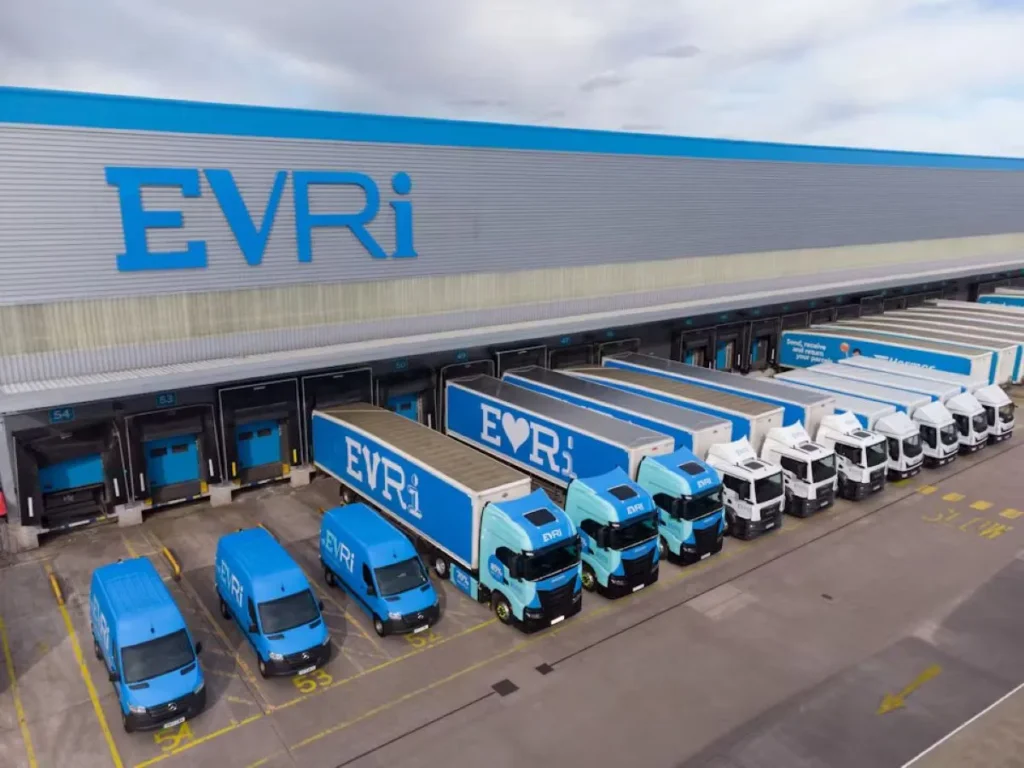Last Mile Brief is sponsored by: |
 |
Want the Last Mile Brief sent to your inbox every weekday? Sign up for free here.
Pitney Bowes has released its Global Parcel Shipping Index, which contains 2022 data from 13 major countries worldwide. The Index shows that global parcel volume reached 161 billion in 2022, equivalent to 5,102 parcels shipped every second. This marks a 1% year-on-year increase. Notably, the Index reveals China’s parcels experienced the slowest growth in its history, reaching 111 billion parcels in 2022, with only a 2% rise.
The Index estimates parcel volume will most likely reach 225 billion by 2028, with a 6% CAGR ‘23-’28, a change from 8% forecasted last year.
Commenting on the figures, Gregg Zegras, Executive Vice President, Global Ecommerce at Pitney Bowes, said:
“As the world’s second-largest economy, China is experiencing a frail pace of growth during its COVID recovery. We’re seeing volume slowdown, declining ecommerce sales, and an overall weak economy, projecting a 7 percent parcel volume CAGR ’23 -‘28.” Pre-pandemic China parcel volume forecast was 25 percent CAGR ‘18-’22 and actual volume growth was lower, at 22 percent CAGR ‘18-’22.”
According to Pitney Bowes, over the past seven years, global parcel volume surged by 150 percent from 64 billion parcels in 2016 to 161 billion in 2022. In the same year, India led with the highest increase at 18 percent driven by ecommerce expansion, while Italy (4%), China (2%) Australia (2%) and Brazil (2%) also showed growth. However, Sweden and Canada experienced significant declines at –11 percent and –9 percent respectively.
Overall, global parcel revenue declined by 1 percent to $485 billion. Pitney Bowes says this was impacted by strong USD and its increase in value compared to other currencies in the Index.
Pitney Bowes adds that only the US, Brazil, India, and Australia saw growth in parcel revenue, with the US leading in carrier revenue with 7 percent growth in 2022. Revenue per parcel varied significantly, with Canada highest at $9.8, followed by the US at $9.3 and France at $9.1. Despite lower volume, the US generated more revenue than China due to a significantly higher fee per parcel – almost seven times that of China. China’s revenue per parcel is $1.4, the lowest globally, followed by India at $1.7 and Norway at $1.9.
Other key findings highlighted by Pitney Bowes from the latest Parcel Shipping Index include:
- Parcel volume reached 161 billion in 2022, up 1 percent from 159 billion in 2021
- 5,102 parcels shipped per second compared to 5,052 in 2021
- Parcel revenue was $485 billion, down 1 percent from $489 billion in 2021
- Highest CAGR 2017- 2022 for parcel volume was generated by China at 23%, followed by Brazil at 20%
- Highest CAGR 2017-2022 for parcel revenue was generated by China at 17%, followed by the US at 13% and Italy at 12%
- China remains the largest parcel volume market, contributing to the slow volume growth in 2022 due to its unprecedented low 2% parcel volume increase
- United States remained the market with the highest carrier revenue, reaching $198 billion, an increase of 7 percent year-over-year
- While there is strong alignment between parcels per person and GDP per capita in the US, Germany, Brazil, and India, parcels per person in China, Japan, and UK exceed GDP, most likely due to significant exports. In Norway, Sweden, and Australia there is a reverse effect, with low parcels per person compared to GDP, suggesting a fairly low penetration of Ecommerce.
Finally, Pitney Bowes analyzed relationships between parcel volume growth and Ecommerce growth, and discovered that in the US, Canada, Brazil, Japan, and India there is a large 12% to 8% gap between parcel volume growth and Ecommerce growth, influenced by online purchases that don’t require parcel shipping, such as online groceries, Click-and-Collect and alternative delivery methods (gig drivers, drones, bicycle deliveries in India). In the remaining countries, the parcel volume an Ecommerce growth are well aligned with a low gap, where online purchases utilize traditional carrier-based shipping methods.
To receive a summary of all the big parcel delivery and last mile stories every weekday, subscribe to our newsletter.
Alternatively, you see our daily compiled news summaries by region here: Europe / North America / Rest of the World
Photo by Maarten van den Heuvel on Unsplash










